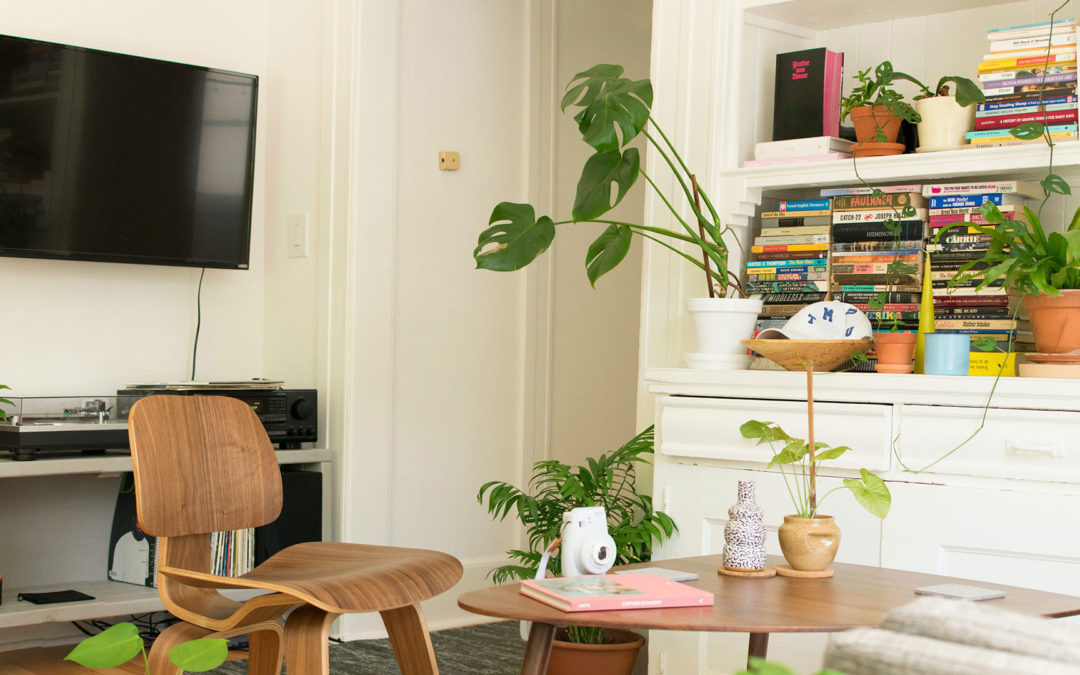Introduction
While you’re excited about your new place, remember the importance of coverage and protection as you might need it when an emergency arises. If you’re confused about what to look out for in a renter’s insurance policy, or you have unanswered questions on the insurance policy? We have the answers.
Do I need renter’s insurance? And why?
Yes, you need it. In most apartments, landlords’ insurance only covers damage to the building, leaving every home appliance, furniture, clothes, and other things that are vulnerable to the tenants. To have your properties protected in case of theft, fire, vandalism, or damage, you need an insurance policy which is the renter’s insurance policy otherwise known as the HO4 policy.
Without the insurance policy, you’ll have to replace every piece of property yourself.
There’s a need for liability coverage as well, in the case of damage by one’s carelessness. A good example is if your kitchen sink starts to leak and overflows to the next apartment. In this case, you’re likely to be liable for this damage and will have to pay for any repair that needs to be done.
You may as well be responsible for medical bills or bills that are related to the accident. If there’s a suit against you from the owner of the next apartment, your renter’s insurance can cover all the costs.
All the instances stated above aren’t fun to think about, but your insurance policy is an easier plan to pay for them before the mistake happens.
What exactly will my policy cover—and what won’t it?
Personal Property
Many renter’s insurance policies do come with protection for your personal belongings in case there’s a power surge, vandalism, theft, fire, water damage, and other events that are out of one’s control. However, some of them don’t cover damages caused by floodwater, nuclear hazards, mudslides, and earthquake. If you live close to water or a fault line, or you’re concerned about these hazards, have a discussion with your insurance agent about it and get a separate policy.
Be mindful that some of your properties can only be covered to a limit that has been set by the insurance company. For example, the insurance company may set a limit of $3000 for electronics and $2000 for pieces of jewelry. If you own an engagement ring, a personal computer, or an expensive collection of golf clubs, you should consider the purchase of an additional personal article policy.
The add-ons to your renter’s policy aren’t expensive; just a few dollars per month. You must protect the belongings that are very expensive to replace.
Loss of Use
Your renter’s insurance policy extends to your living expenses if it warrants that you leave your home after an accident occurs. For example, if a tree breaks through the roof of your house and the house needs repair for you to live there again, the loss of use policy covers your feeding and shelter expenses in a hotel during the period when you leave home for the repair.
Liability
Your liability policy covers bodily injuries and damage of property resulting from negligence. For example, if your dog bites a person in the neighborhood and they need stitches. You won’t be covered for negligence if it is an intended injury.
Additional Coverage
Adding to the basics, you need to get familiar with some other types of coverage. If a visitor gets injured in your home, your policy’s medical payment to others will cover the cost of treatment, regardless of who is at fault.
There’s also “property of others” coverage that protects the belongings of others, including yours. A typical scenario is when you lend a friend’s video game and a leaking water pipe destroys it.
How much coverage do I need?
In recent times, it is not uncommon for landlords to demand that their tenants have at least $100k in liability coverage. If you’re not getting this guideline from your landlord, consult an insurance agent to know how much of this coverage you need.
In the case of property damage, you’ll be asked how much your property is worth. Although it looks like a simple question, it might might be a tricky one when you start thinking how much it will cost to buy back everything you own in the house.
If you can’t estimate your belongings in dollars, try having photos and videos of your place and belongings, so you can have them on record for unforeseen circumstances. You can go back to the pictures and videos you have and think how much the belongings are worth.


